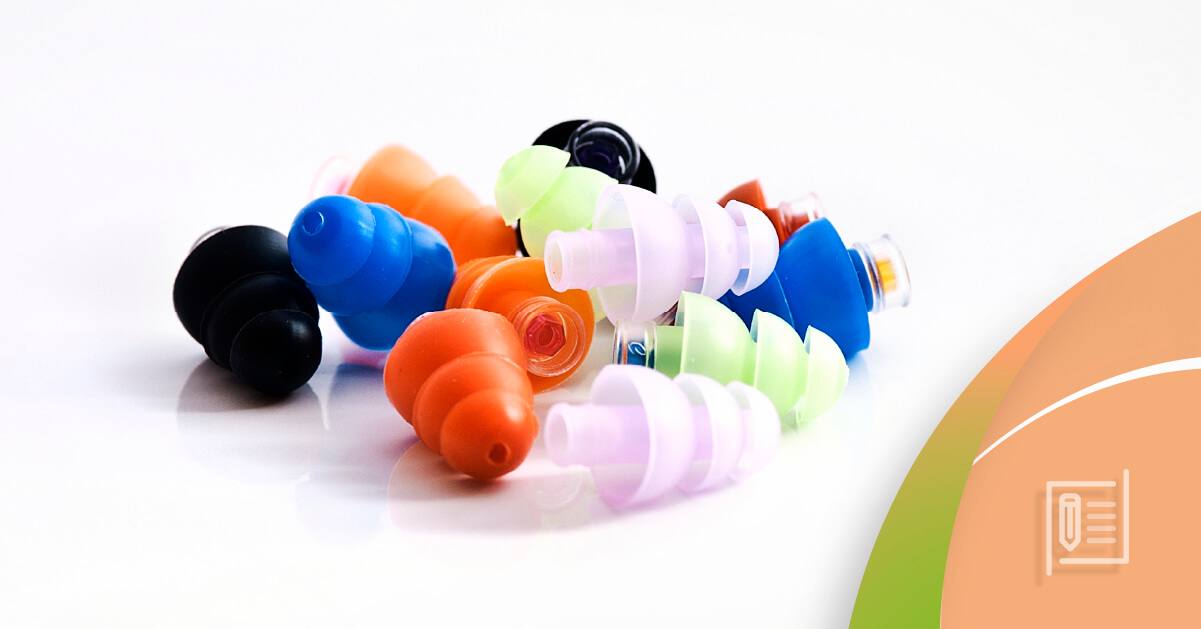
25 Apr How to make listening safe
There are many actions which can be taken to make listening safe for all. These include measures put in place by individual users, as well as parents, teachers, managers, and manufacturers. Select actions are highlighted below:
What can individuals do?
Keep the volume down
As noted, the daily recommended safe volume level is below 85dB for a duration of a maximum of eight hours. Sounds may be too loud if people must raise their voice to make themselves understood to a listener; it is difficult for the listener to understand someone who is an arm’s length away, or listeners develop pain or a ringing sensation in their ear(s). Even a small reduction in volume can offer significant protection. Volume can be reduced when listening to personal audio devices by:
- Wearing earplugs. When frequenting nightclubs, discotheques, bars, sporting events and other noisy places, use earplugs as hearing protection. Well-inserted earplugs can help to reduce the level of exposure considerably. If inserted properly, earplugs can reduce the exposure by 5 to 45 dB, depending on the type of earplugs.
- Using carefully fitted, and if possible, noise-canceling earphones/headphones. Earphones and headphones which are suited to the individual user allow music to be heard clearly at lower levels of volume. In addition, noise-canceling earphones and headphones cut down the background noise, so that users can hear sounds at lower volumes than otherwise needed. For example, frequent users of personal audio devices on trains or airplanes should consider using noise-canceling earphones or headphones in these settings.
- Respecting safe listening levels. Determining the safe listening level on personal audio devices by setting the volume to a comfortable level in a quiet environment to no more than 60% of the maximum volume is another way to keep the volume down.
Limit time spent engaged in noisy activities
As indicated, the duration of the exposure to noise is one of the key factors contributing to overall sound energy levels. The duration can be minimized by:
- Having short listening breaks. When going to nightclubs, discotheques, bars, sporting events and other noisy places, people should take short listening breaks to help reduce the overall duration of noise exposure.
- Moving away from loud sounds. At a noisy venue, people should stay as far away as possible from sound sources such as loudspeakers. Moving to quieter locations within venues can reduce the level of exposure.
- Limiting the daily use of personal audio devices. While it is important to keep the volume down, limiting the use of personal audio devices to less than one hour a day would do much to reduce noise exposure.
Monitor safe listening levels
People should be empowered with the correct information about the safe listening of their personal audio devices by knowing the products and their safety features. Smartphone technology can be used to measure noise exposure levels and inform users about their risk for noise-induced hearing loss. Applications or “apps” accessible through the phones display noise intensity levels in decibels and indicate whether the exposure is risky. These apps are easy to download and can be sued to collect information about noise levels in the environment and the risk of hearing loss.
Heed the warning signs of hearing loss
People who suspect hearing loss should seek help from a hearing healthcare professional in case of tinnitus or difficulty in hearing high-pitched sounds such as doorbells, telephones or alarm clocks; understanding speech, especially over the telephone; or following conversations in noisy environments, such as in restaurants or venues for other social gatherings.
Get regular hearing check-ups
This helps to identify the onset of hearing loss at an early stage. High-risk populations including adolescents and young adults should be informed and encouraged to have regular hearing screening. In order to facilitate this, schools, workplaces and communities are encouraged to organize hearing screening opportunities.
What can parents do?
Parents need to play an active role in educating their children about safe listening and monitoring their exposure to loud noise; they also need to be role-models of safe listening for their children.
What can teachers do?
Children and adolescents must be educated about the possible dangers of exposure to loud sounds from the misuse of personal audio devices and encouraged to develop safe listening habits. Such information should be part of the health education curriculum and also be taught as part of music and dance classes.
What can physicians do?
Physicians have a significant opportunity to educate and counsel adolescents and young adults regarding hearing protection. Physicians, nurses, audiologists and speech-language pathologists can convey appropriate messages about the risks and promote healthy listening habits among users.
What can managers do?
Managers of venues in which noise levels are high – nightclubs, discotheques, bars, pubs, cinemas, concerts, sporting events and even fitness classes – have an important role to play in ensuring the personal safety of people who frequent such venues. To make listening safe, they can” monitor and apply the safe noise limit set by the establishment itself; make use of sound limiters to control noise levels in such settings; provide free earplugs to all patrons along with information about their proper use as well as “chill out” rooms, where volume levels are monitored and safe; and prominently display messages about the risk of hearing loss during moments when the volume goes beyond safe levels.
What can manufacturers do?
Manufacturers of personal audio devices possess the technical know-how to design these devices with appropriate safety features, and a number have already taken steps to put in place these features. For example, software developed by a leading manufacturer of personal audio devices allows customers to easily set their own customized maximum volume limit. It also gives parents the ability to set a maximum volume limit on their child-s device and lock it with a combination code. Another device displays an on-screen message displaying the average dB level at different volume settings, along with a warning to keep the output below 85dB. Such measures offer protection and help raise awareness about the harmful effects of loud music and other noise. Manufacturers can also provide prominent warning labels on the products themselves, as well as on the external packaging and accompanying information materials.











